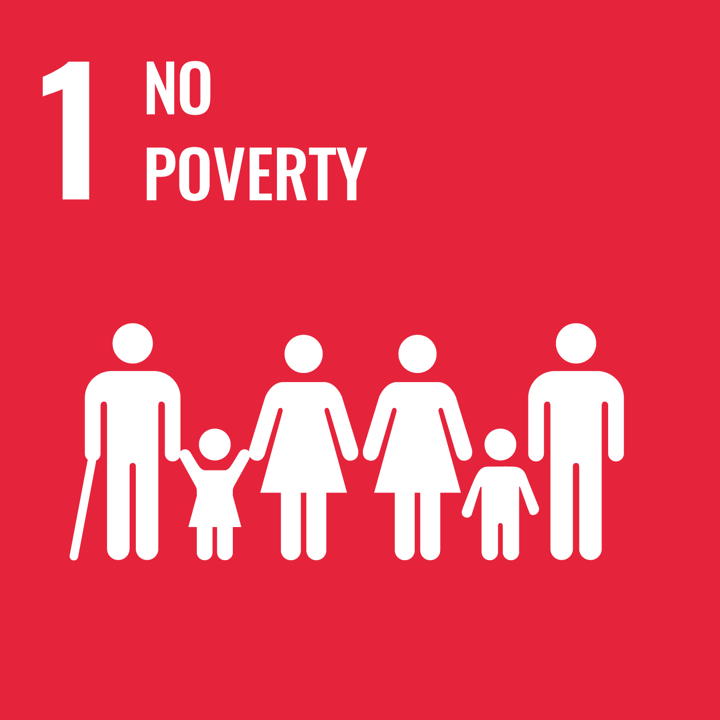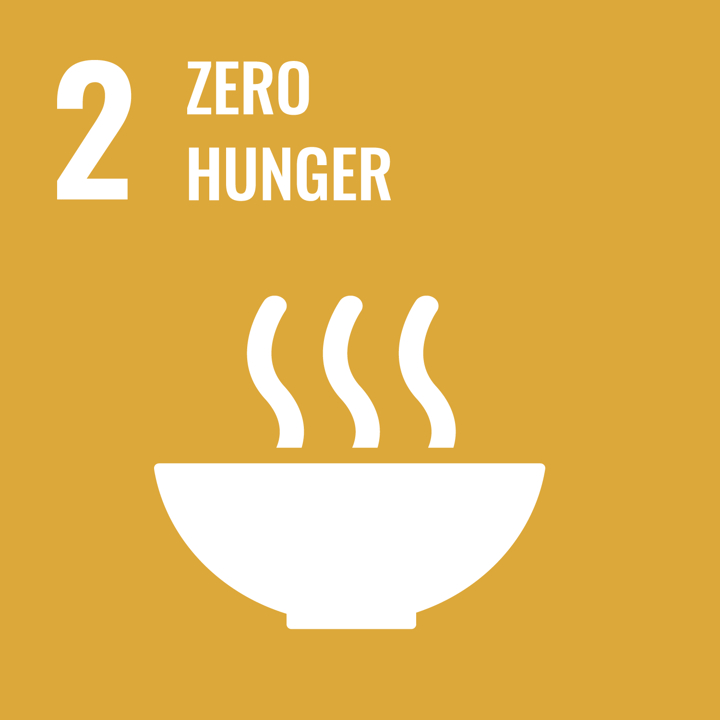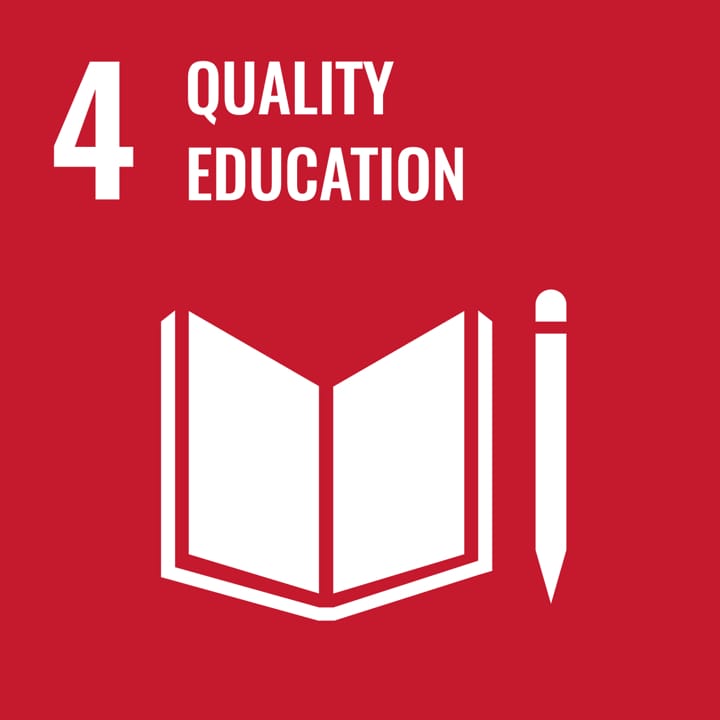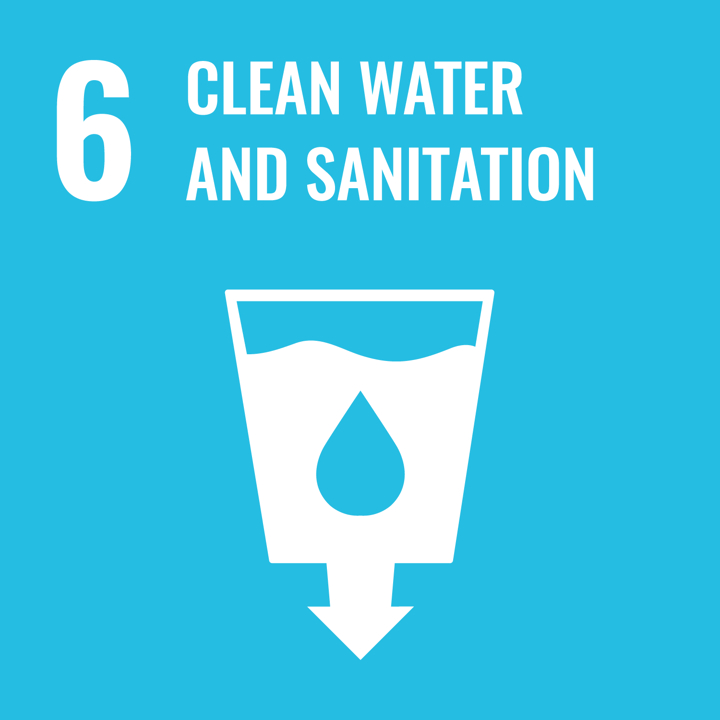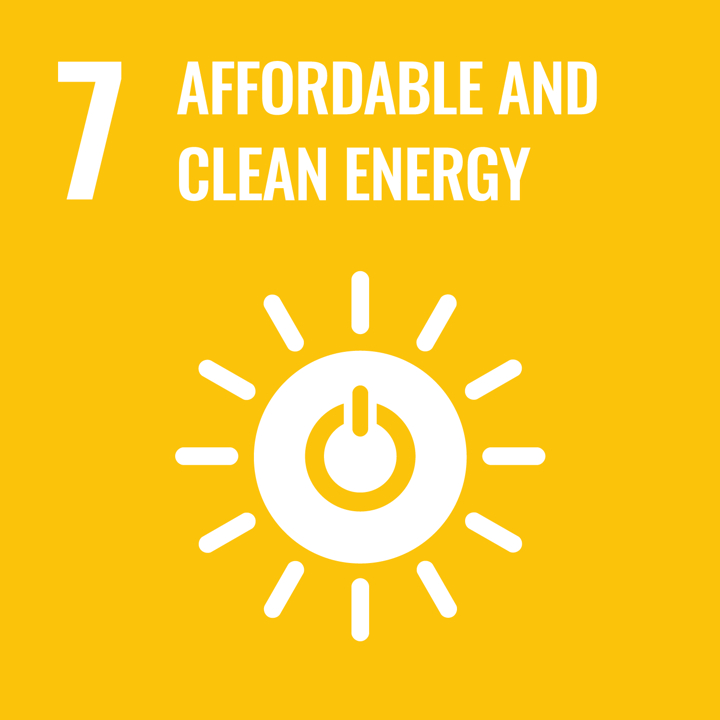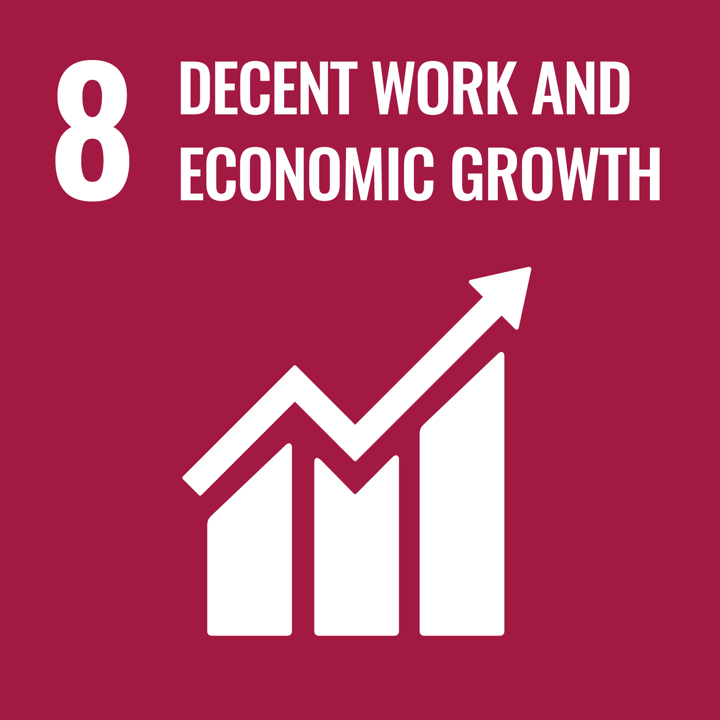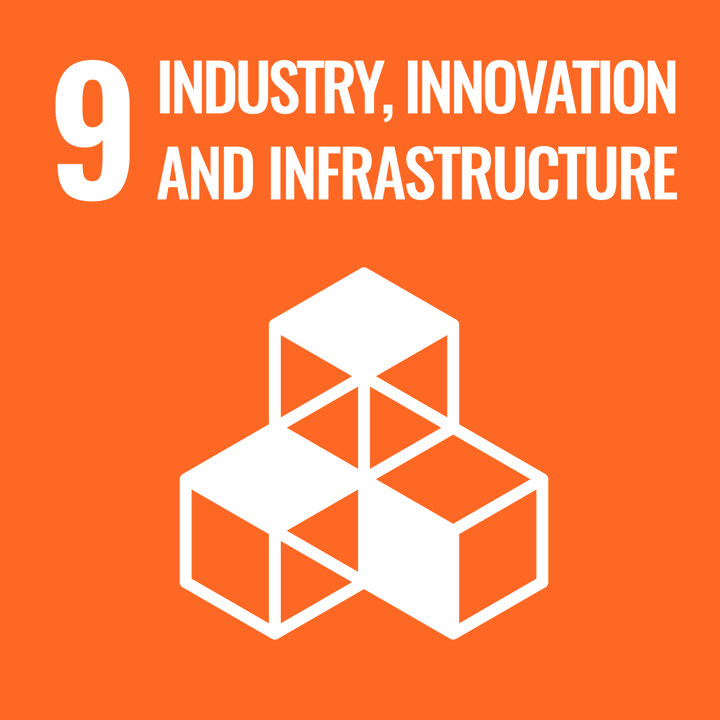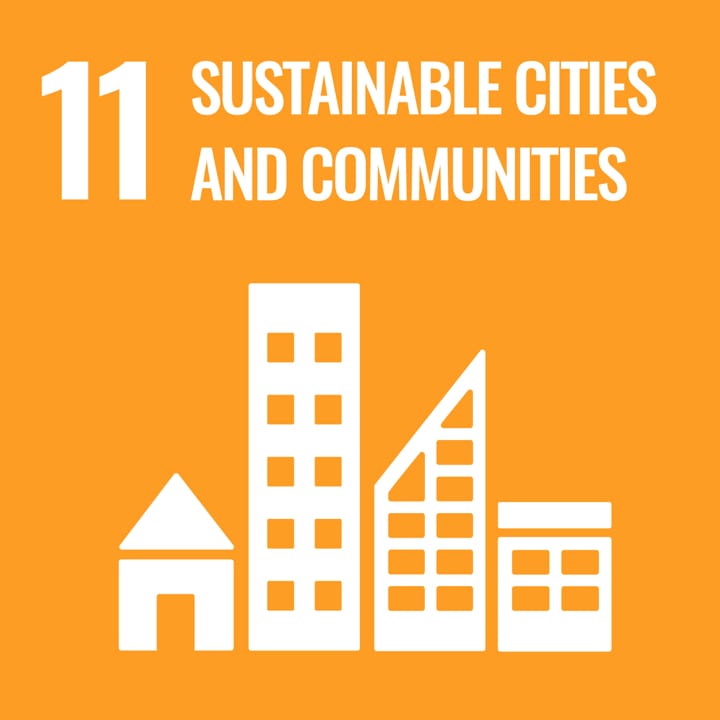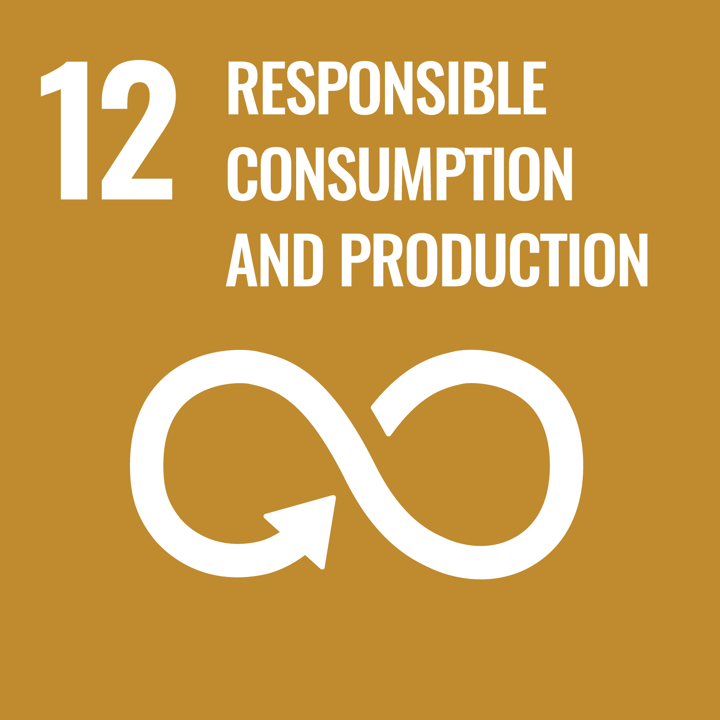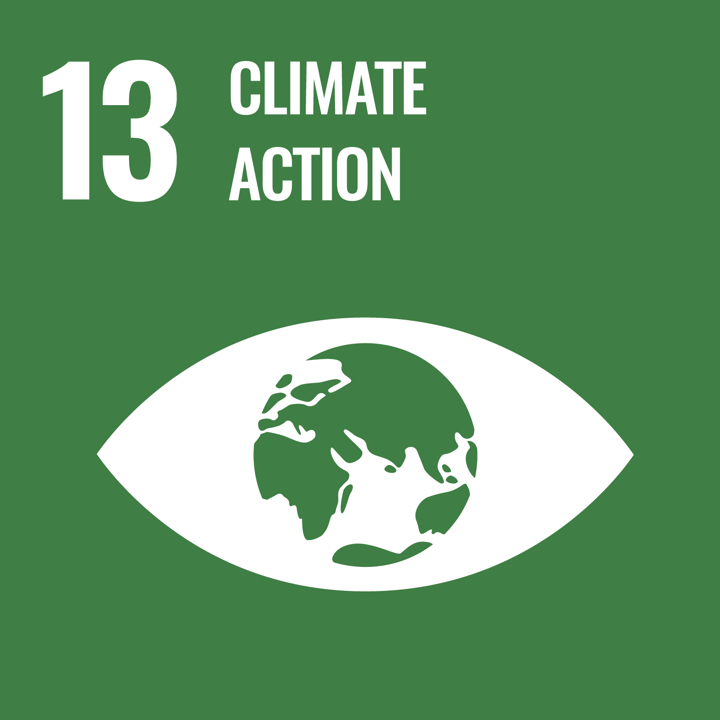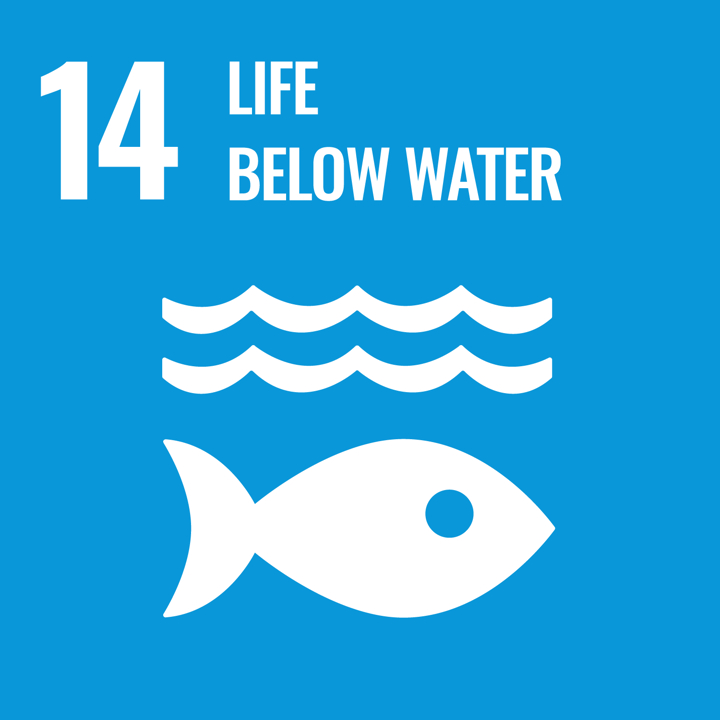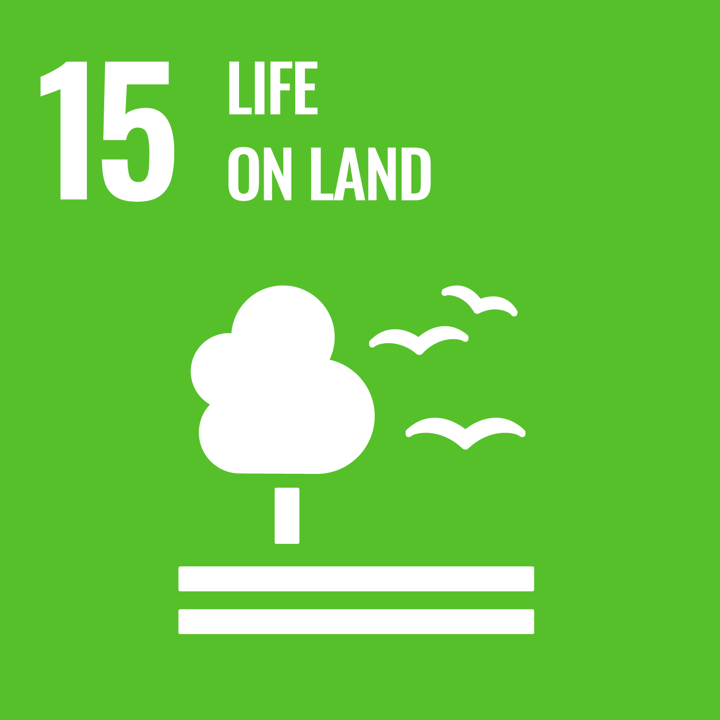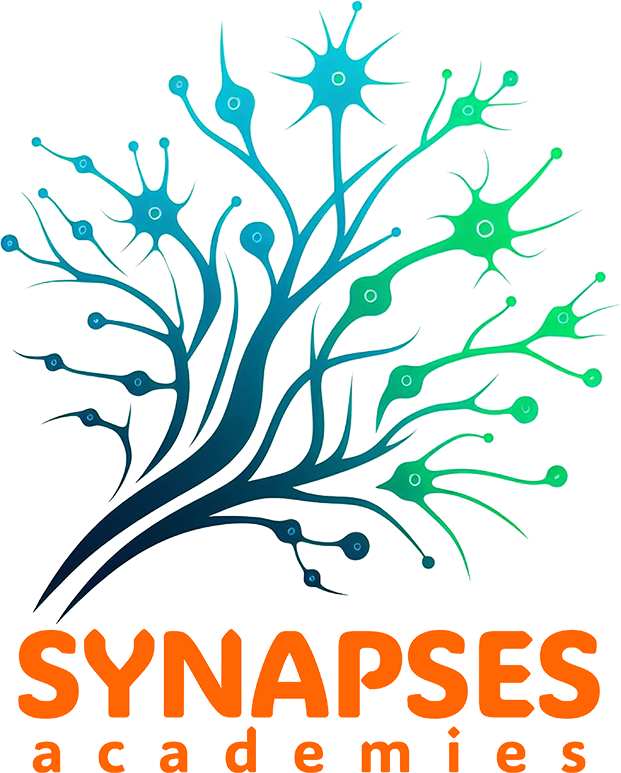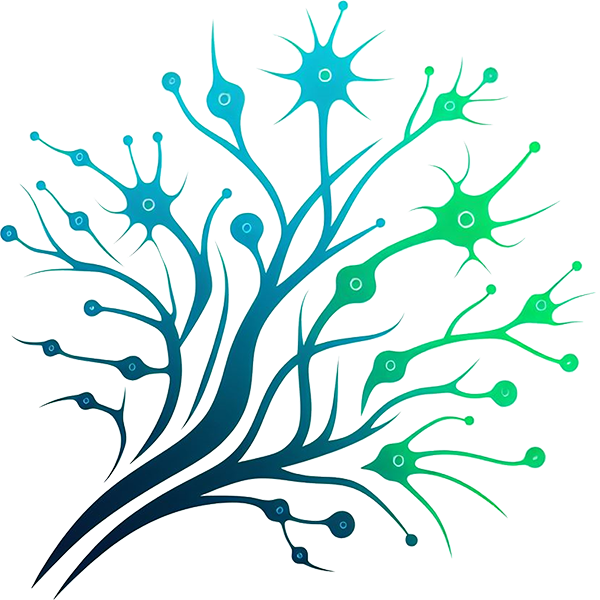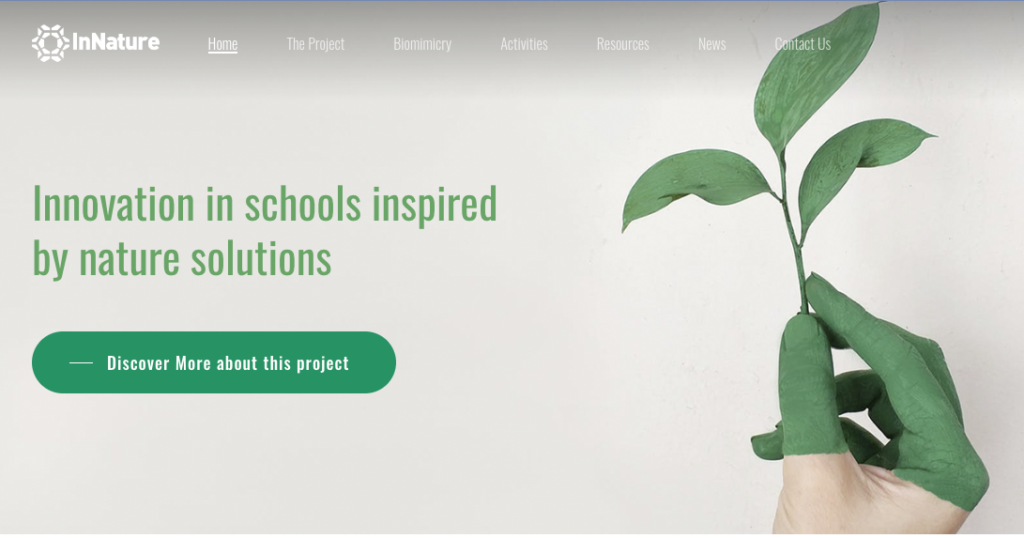
Intended End User: Teacher
Age Group: Lower Primary, Upper Primary
School Curriculum: Maths; Science; Social, Physical & Health Education; Social & Enviroment Science; Languages; Arts; Business Studies
Themes and Topics: Energy Use and Production, Collective Action, Environmental Change, Food and Agriculture
Duration: Activities that span from 1 hour to 45 hours.
Type of Resource: Case Study, Demonstration, Guidelines & Notes, Lesson Plans, Presentation, Project, Workshop
Keywords: Challenge Based Learning, Interdisciplinary Approach; Biomimicry Education
Languages: English, Greek, Portuguese
Description
The InNature Project aims to enhance competences and awareness on biomimicry in the School Community, including students, parents, teachers, directors and Informal Science Education Providers. The project consists of a toolkit which is a set of educational activities for teachers to use in classes, workshops, or other school activities, a catalogue of good practices which is a collection of several good practices in European countries regarding biomimicry in different contexts and finally the “InNature Fair” which is a concept to organize a 3 days event in school about biomimicry.
How to use this resource
The InNature Project aims to enhance competencies and awareness on biomimicry in the School Community, including students, parents, teachers, directors and Informal Science Education Providers. The project consists of a toolkit which is a set of educational activities for teachers to use in classes, workshops, or other school activities, a catalogue of good practices which is a collection of several good practices in European countries regarding biomimicry in different contexts.
You can access the InNature Toolkit here.
Specifically, InNature resources consist of two Toolboxes.
- The first toolbox named the “Biomimicry Challenge toolbox” has seven lesson plans concerning the core concepts and methods that are essential to successfully incorporate insights from nature into design. You can access Biomimicry Challenge toolbox here.
- The second toolbox named “Biomimicry 3.8” is a workshop that can be implemented in any institution and has also detailed instructions for the facilitator. You can access Biomimicry 3.8 here.
The InNature project has training for teachers that is centred on learning about nature and you can access it here. Also, there is the “InNature Fair” which is a concept to organize a 3-day event in school about biomimicry and you can find detailed pieces of information here.
The resources
You can access all of the resources here in many languages.
Learning Outcomes
- Elicit prior knowledge and further develop knowledge and comprehension of key Sustainability Citizenship key concepts, challenging established worldviews and values.
- Apply a range of suitable tools and frameworks to promote student Sustainability Citizenship.
- Collaboratively synthesise the knowledge, tools and frameworks to create educational materials and lessons plans adapted to their own local context
- Develop and apply assessment criteria to evaluate Sustainability Citizenship in students.
Green Competencies
- Embodying Sustainable Values: Valuing Sustainability; Promoting Nature
- Embracing Complexity in Sustainability: Systems Thinking; Critical Thinking; Problem Framing
- Envisioning Sustainable Futures: Futures Literacy; Adaptability; Exploratory Thinking
- Acting for Sustainability: Collective Action; Individual Initiative
Creative Commons

The iNATURE project resources are licensed under a Creative Commons Attribution 4.0 International License.
SDGs
